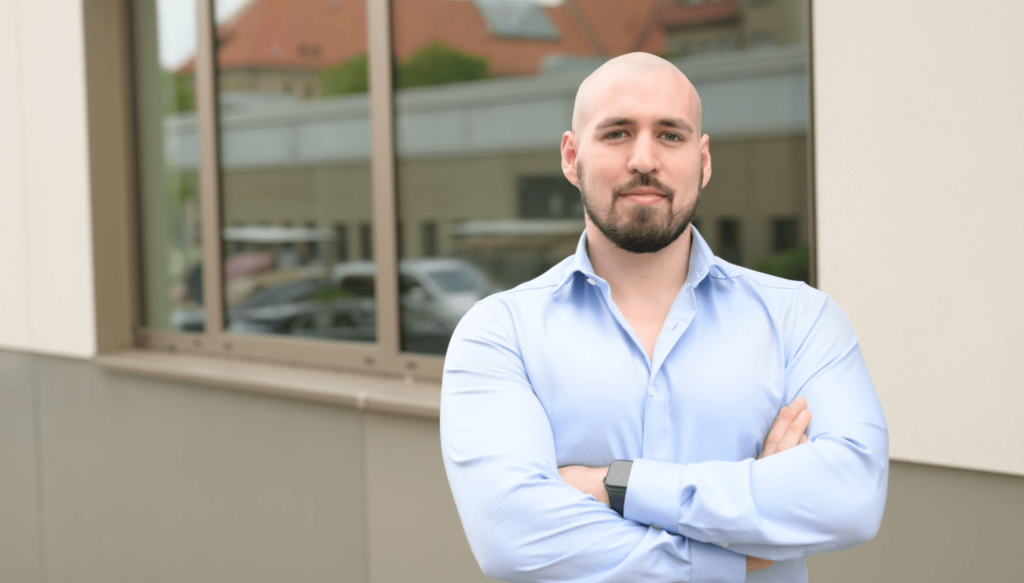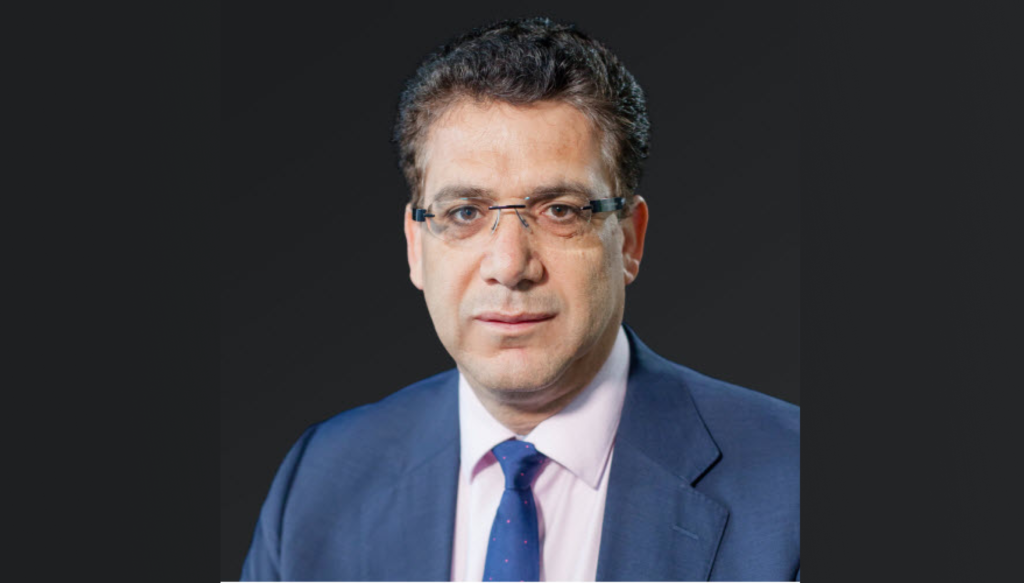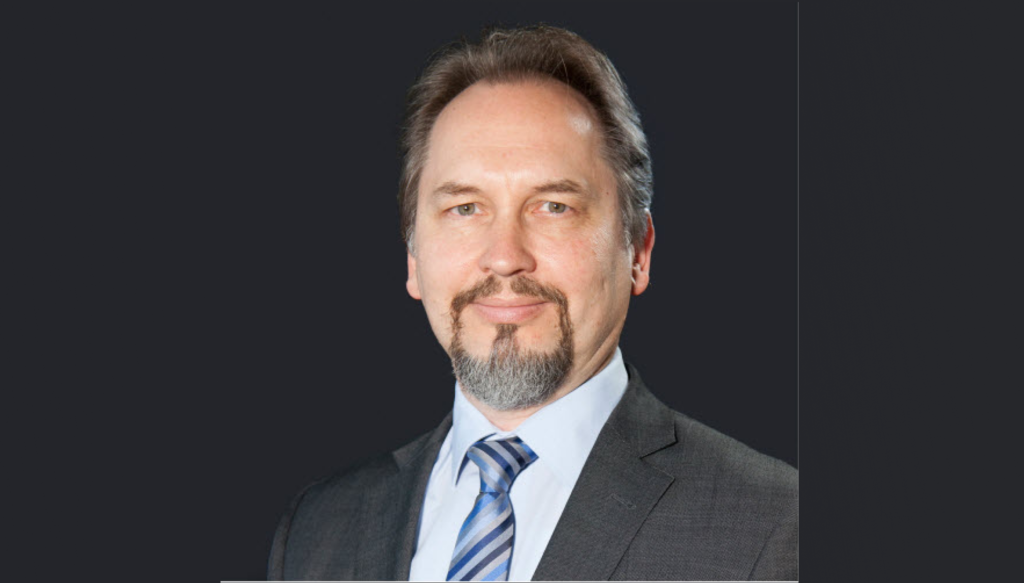Projects Overview A1/III Development and evaluation of fibre-based 3D reinforcement structures for high energy dissipation in impact-loaded concrete components
A1/III Development and evaluation of fibre-based 3D reinforcement structures for high energy dissipation in impact-loaded concrete components
Motivation
The results of the first and second cohorts of GRK 2250 demonstrate the high performance of cellular metallic and hybrid 3D woven structures as reinforcement of mineral-bonded composites under impact loading [CH1], [CH7]. The 3D woven wire structures lead to high-energy absorption due to their ductile failure behavior. This is achieved by developing cellular wire structures consisting of two bi-axially oriented cover fabrics and a mono-axially arranged and reshaped wire system connecting the plies. Based on systematic studies of the cellular superstructure, a pyramidal cellular structure formed from the connecting wire system was developed, with which the highest energy absorption has been achieved to date. With the solution developed in the second cohort for sensors integrated into the concrete composite, it will be possible for the first time to record the deformations, loads, and energy dissipation during impact. This opens up the possibility of analyzing the interrelationships of the impact behavior in detail with time and spatial resolution, and of validating and further developing existing models. However, with the developments successfully carried out so far, the performance of fibre-based 3D structures for concrete reinforcement is far from being exhausted.

a) CAD model of woven cellular structure; b) woven cellular structure; c) impact test results for different structures; d) reinforced concrete slab after impact test offside
State of research and preliminary work
Numerous results are available on the relationships between reinforcement materials and the bond to concrete [CH2], [CH4], [CH5]. The comprehensive investigations on cellular 3D woven wire structures prove their effectiveness for increasing the impact behavior of concrete components [CH1], [CH3], [CH7]. However, the developed approaches to modeling do not yet allow sufficient prediction of the impact properties. An additional arrangement of the formed wire system, which has so far only been arranged in the transverse direction and connects the layers, in the longitudinal direction will lead to a significantly higher energy dissipation. Previous results on in-situ measurement suggest an elucidation of the deformation mechanisms and a validation of models [CH6], [CH8].
Scientific task and project goals
The objectives of the project are to investigate the material-structure-property relationships and to develop manufacturing concepts and methods for the design of complex multi-layer hierarchical cellular reinforcement structures that enable significantly increased impact resistance under impact loading. By a technological-constructive development of the so far mono-axially designed 3D pyramid structure to at least one bi-axially designed gradient pyramid structure this goal shall be achieved. The existing CAD, bond and FE models are to be further developed for these unique structures. The research results are to be validated experimentally in cooperation with the partners by comprehensive characterizations of concrete structures and in-situ measurements. Finally, a continuous CAE process chain is to be developed based on a technology demonstrator.
Interaction with other projects of Cohort III
Interaction with projects A2 (interface design), A3 (composite material development), A4 (material testing), A5 and A6 (components), C2 (sustainability analysis) as well as B3 (modeling) and B4 (structural simulation) is required for successful project processing.
Literature
[CH1] Vo, D. M. P.; Sennewald, C.; Hoffmann, G.; Cherif, Ch.: Fibre-based 3D cellular reinforcing structures for mineral-bonded composites with enhanced structural impact tolerance. Journal of Civil and Environmental Engineering 12(2018)5, DOI: 10.5281/zenodo.1340575, pp. 582-586
[CH2] Wendler, J.; Hahn, L.; Farwig, K.; Nocke, A.; Scheerer, S.; Curbach, M.; Cherif, Ch.: Entwicklung eines neuartigen Prüfverfahrens zur Untersuchung der Zugfestigkeit von Fasersträngen für textile Bewehrungsstrukturen. Bauingenieur 95(2020)9, S. 325-334
[CH3] Hering, M.; Scheerer, S.; Curbach, M.; Vo, D. M. P.; Sennewald, C.; Cherif, Ch.; Liebold, F.; Maas, H.-G.; Qinami, A.; Steinke, C.; Fuchs, A.; Kaliske, M.; Curosu, I.; Mechtcherin, V.: Impaktsicherheit von Baukonstruktionen durch mineralisch gebundene Komposite: Bauteilebene. Beton- und Stahlbetonbau 116(2021)1, DOI: 10.1002/best.202000067, S. 58-67
[CH4] Curosu, I.; Mechtcherine, V.; Vo, D. M. P.; Sennewald, C.; Cherif, Ch.; Wölfel, E.; Scheffler, C.; Gong, T.; Heravi, A. A.; Tamsen, E.; Balzani, D.; Shehni, A.; Häußler-Combe, U.; Fuchs, A.; Kaliske, M.; Scope, C.; Günther, E.: Impaktsicherheit von Baukonstruktionen durch mineralisch gebundene Komposite: Materialebene. Beton- und Stahlbetonbau 116(2021)1, DOI: 10.1002/best.202000074, S. 45-57
[CH5] Gong, T.; Curosu, I.; Liebold, F.; Vo, D. M. P.; Zierold, K.; Maas, H.-G.; Cherif, Ch.; Mechtcherine, V.: Tensile behavior of high-strength, strain-hardening cement-based composites (HS-SHCC) reinforced with continuous, two-dimensional textile made of ultra-high-molecular-weight polyethylene. Materials 13(2020)24, DOI: 10.3390/ma13245628 (online)
[CH6] Le Xuan, H.; Vo, D.; Sennewald, C.; Nocke, A.; Cherif, Ch.: In-situ stress analysis of textile reinforced concrete under quasistatic and dynamic tensile loading by using integrated steel wire sensors. In: Proceedings. Autex 2021, Online (Guimarães, Portugal), September 05-09, 2021, pp. 402-403
[CH7] Vo, D. M.; Sennewald, C.; Golla, A.; Vorhof, M.; Hoffmann, G.; Le Xuan, H.; Nocke, A.; Cherif, Ch.: Textile-based 3D truss reinforcement for cement-based composites subjected to impact loading – Part I: Development of reinforcing structure and composite characterization. Materials Science Forum (2022)1063, DOI: 10.4028/p-46f419, pp. 121-132
[CH8] Le Xuan, H.; Vo, D. M. P.; Nocke, A.; Sennewald, C.; Hoffmann, G.; Cherif, Ch.: Textile-based 3D truss reinforcement for cement-based composites subjected to impact loading – Part II: In situ stress analysis under quasistatic and dynamic tensile loading. Materials Science Forum (2022)1063, DOI: 10.4028/p-6n3ols, pp. 111-119
Contributors

© Dominik Junger
Doctoral Researcher
Dipl. -Ing. Juan Daniel Ortega Arbulu
Institute of Textile Machinery and High
Performance Material Technology (ITM)
Zeuner-Bau, Room 116
George-Bähr-Straße 3c
01069 Dresden
Germany
- juan.ortega@tu-dresden.de
- +4935146335239
- +49 351 4658 362

Principal Investigator
Univ.-Prof. Dr.-Ing. habil. Dipl.-Wirt. Ing. Chokri Cherif
Institute of Textile Machinery and High
Performance Material Technology (ITM)
Hohe Straße 6, Room 138
01069 Dresden
Germany
- chokri.cherif@tu-dresden.de
- Institute
- +49 351 463 39300
- +49 351 463 39301

in cooperation with
Univ.-Prof. Dr.-Ing. Viktor Mechtcherine
Institute of Construction Materials
Von-Mises-Bau, 3rd Floor, Room 315A Georg-Schumann-Straße 7
01187 Dresden
Germany
- Mechtcherine@tu-dresden.de
- Institute
- +49 351 463 36311
- +49 351 463 37268

in cooperation with
Univ.-Prof. Dr.-Ing. Steffen Marx
Institute for Photogrammetry and Remote Sensing
Helmholtzstraße 10
01069 Dresden
Germany
- steffen.marx1@tu-dresden.de
- Institute
- +49 351 463 35856
- +49 351 463-37289

